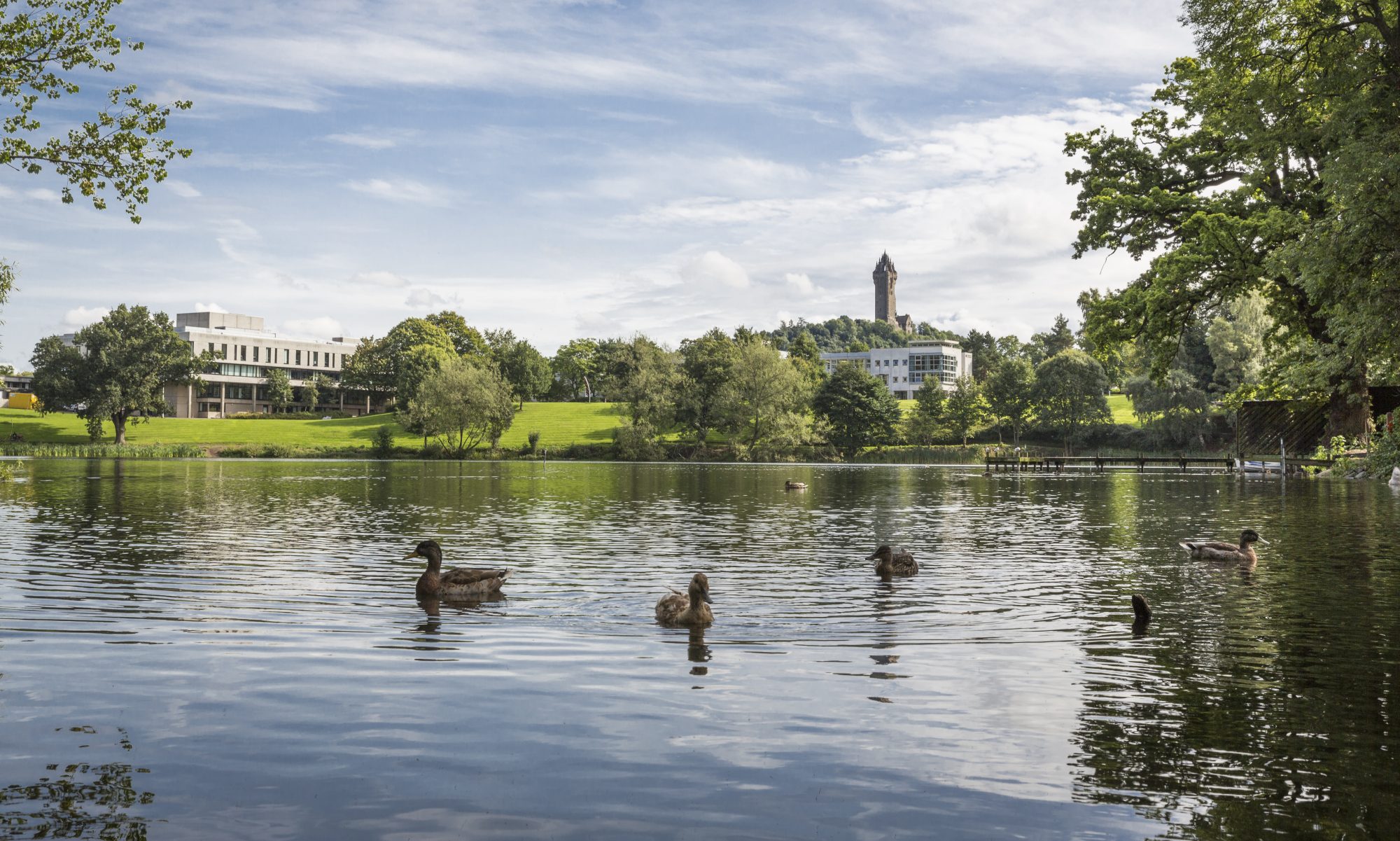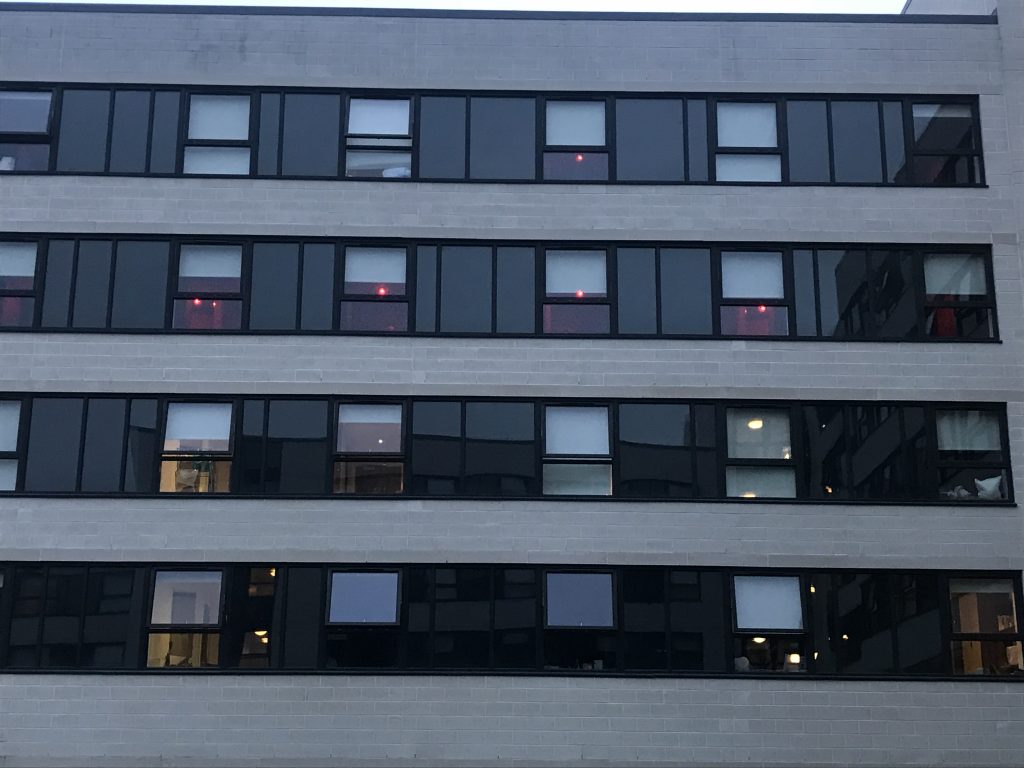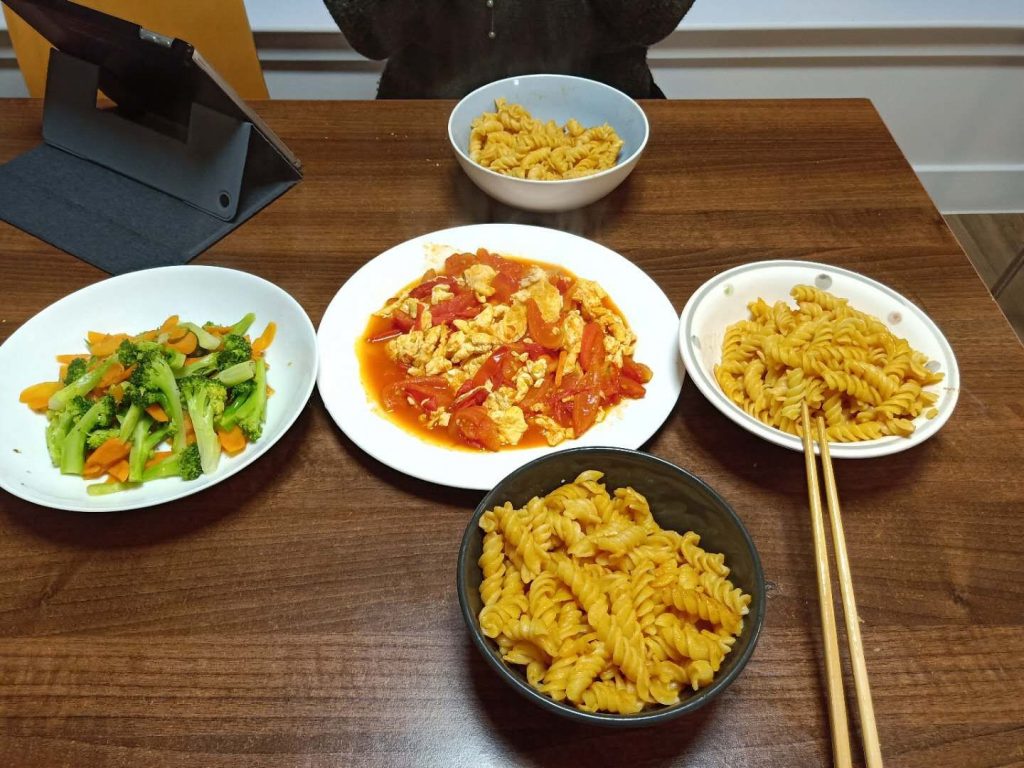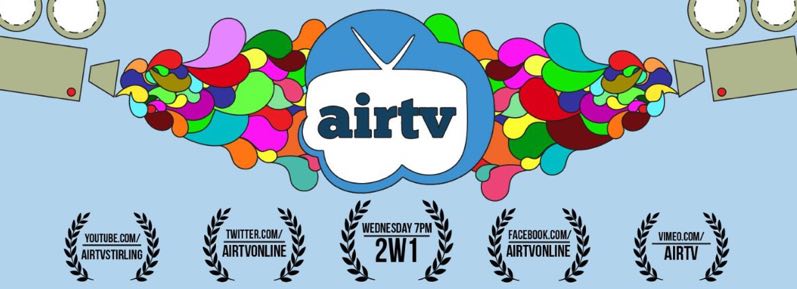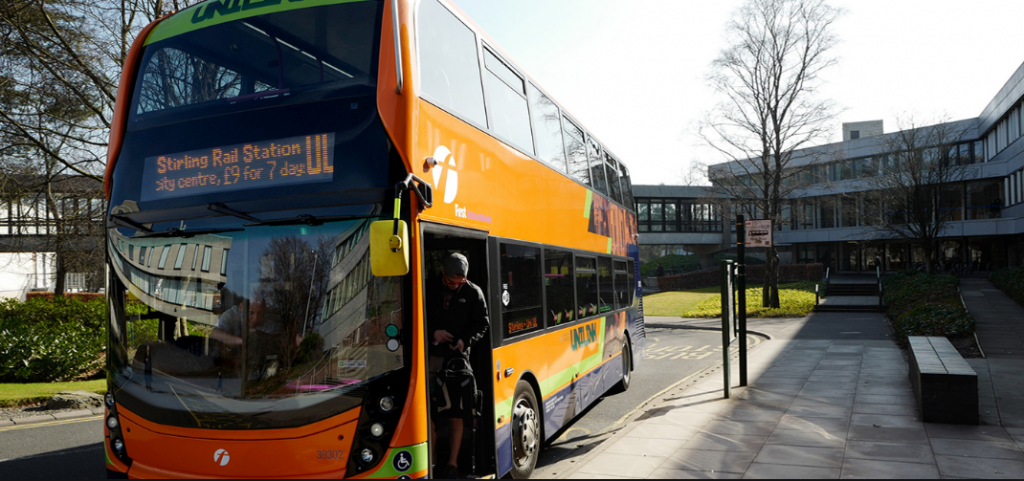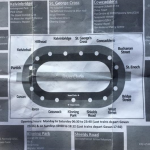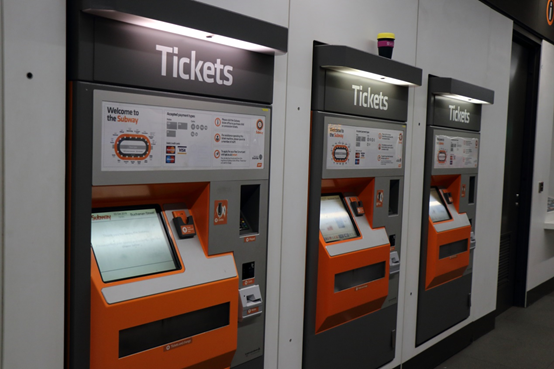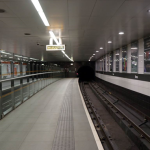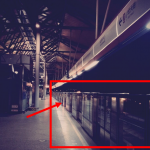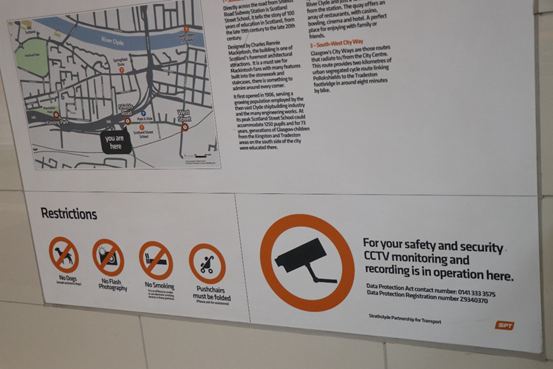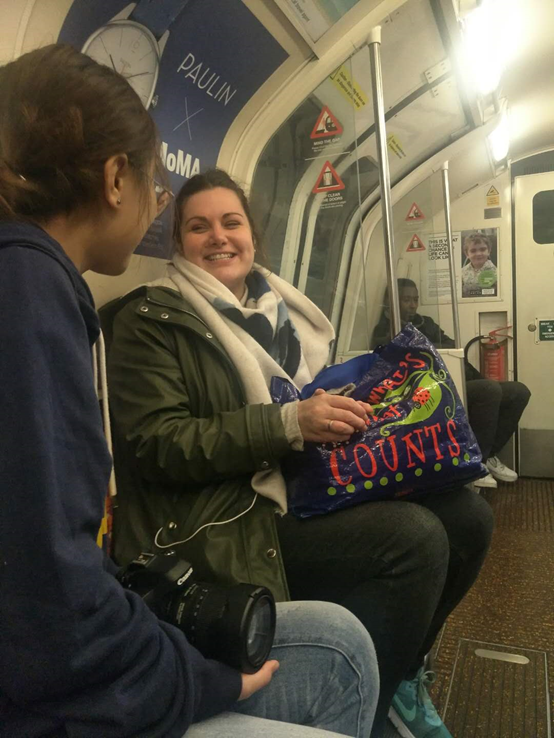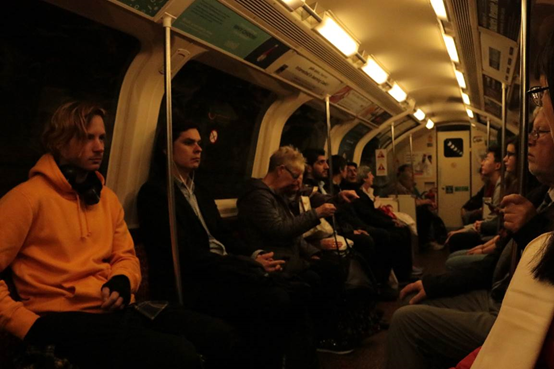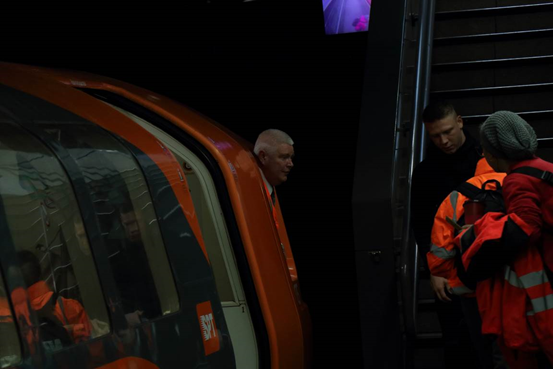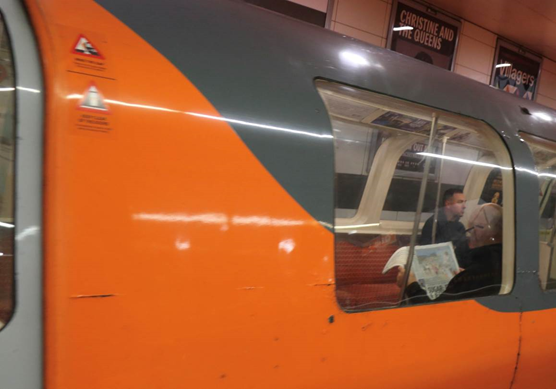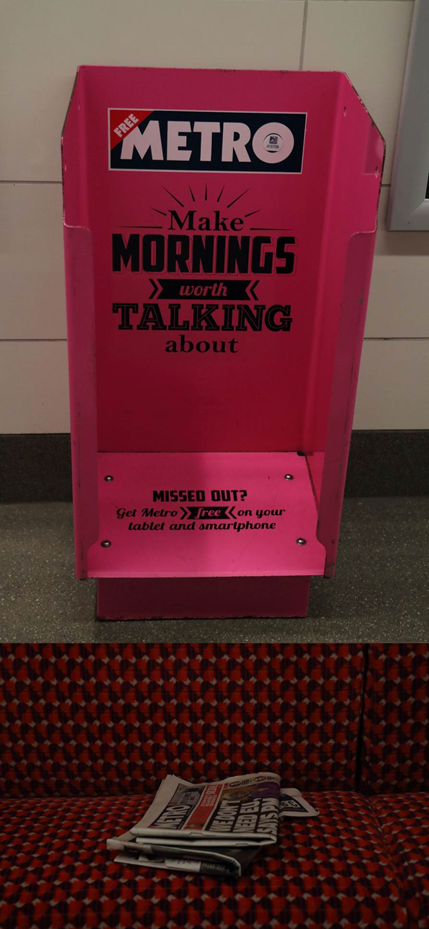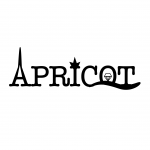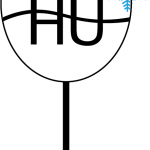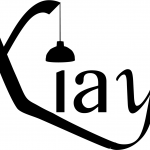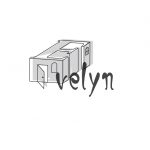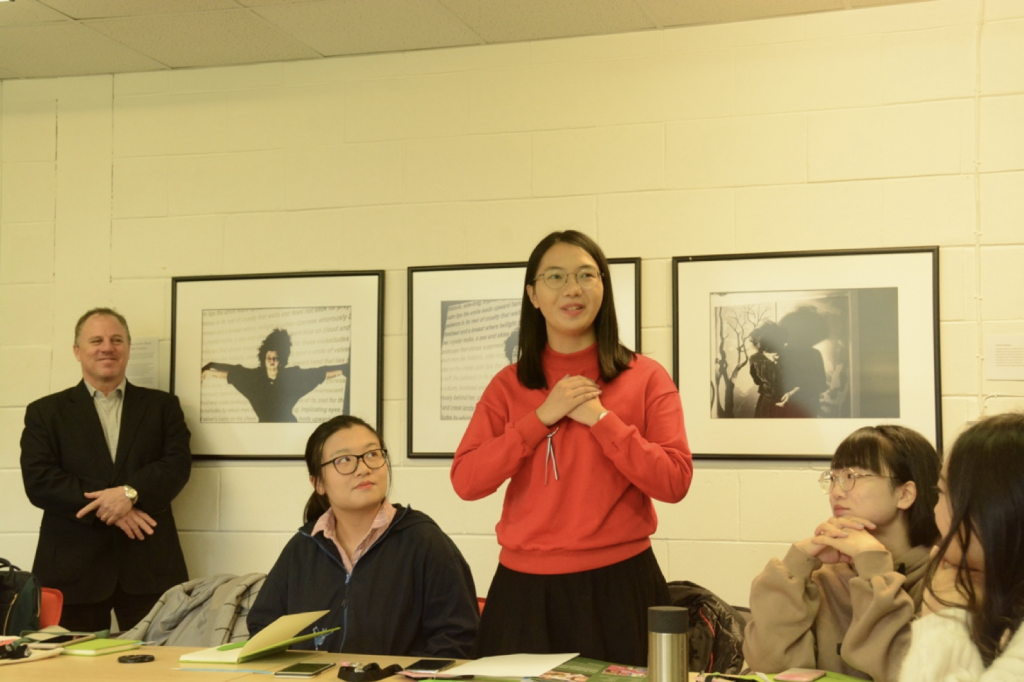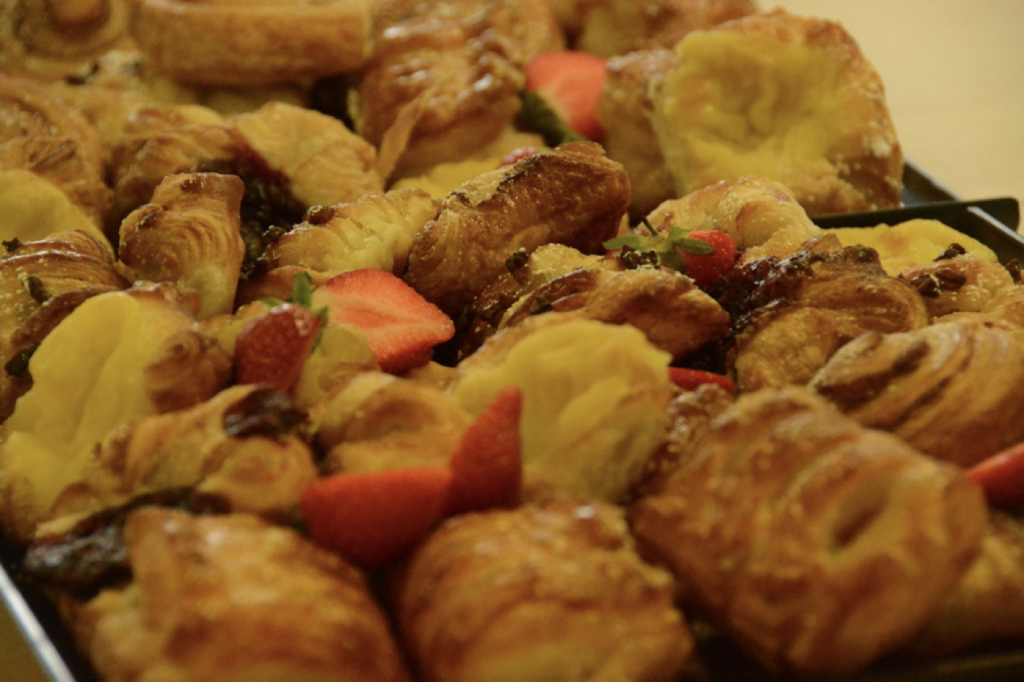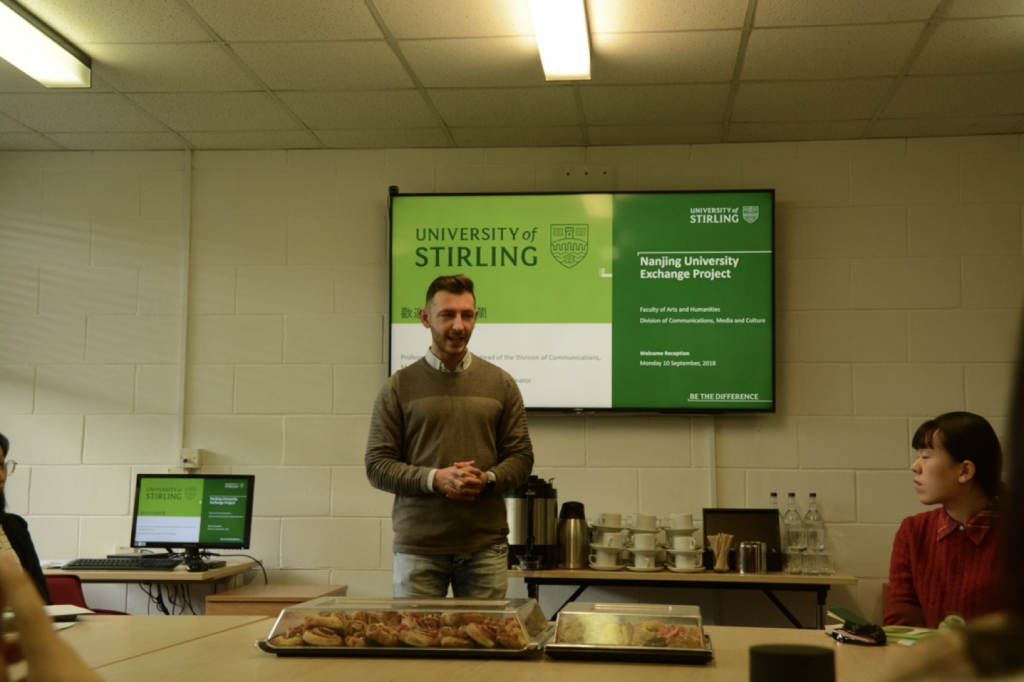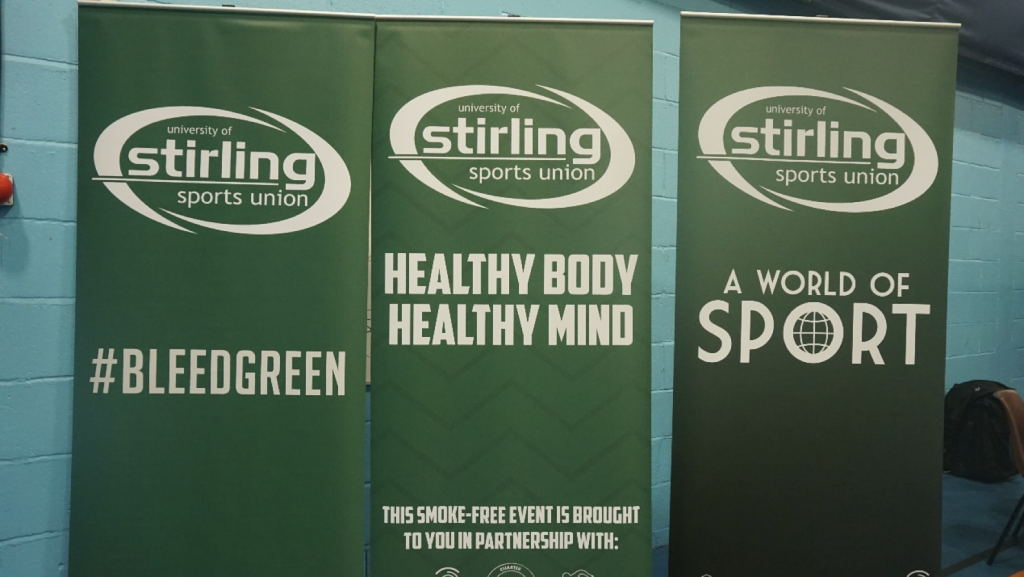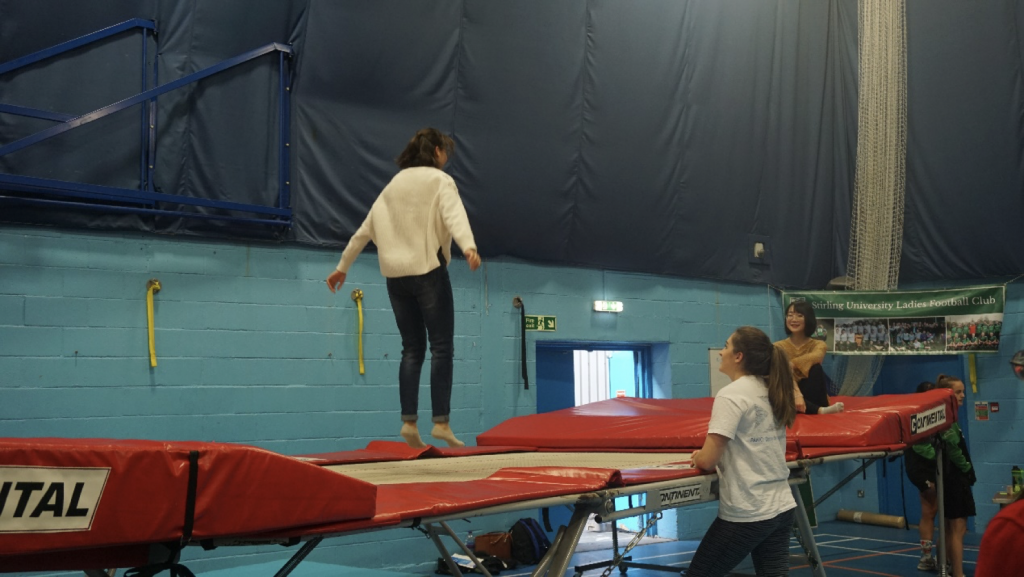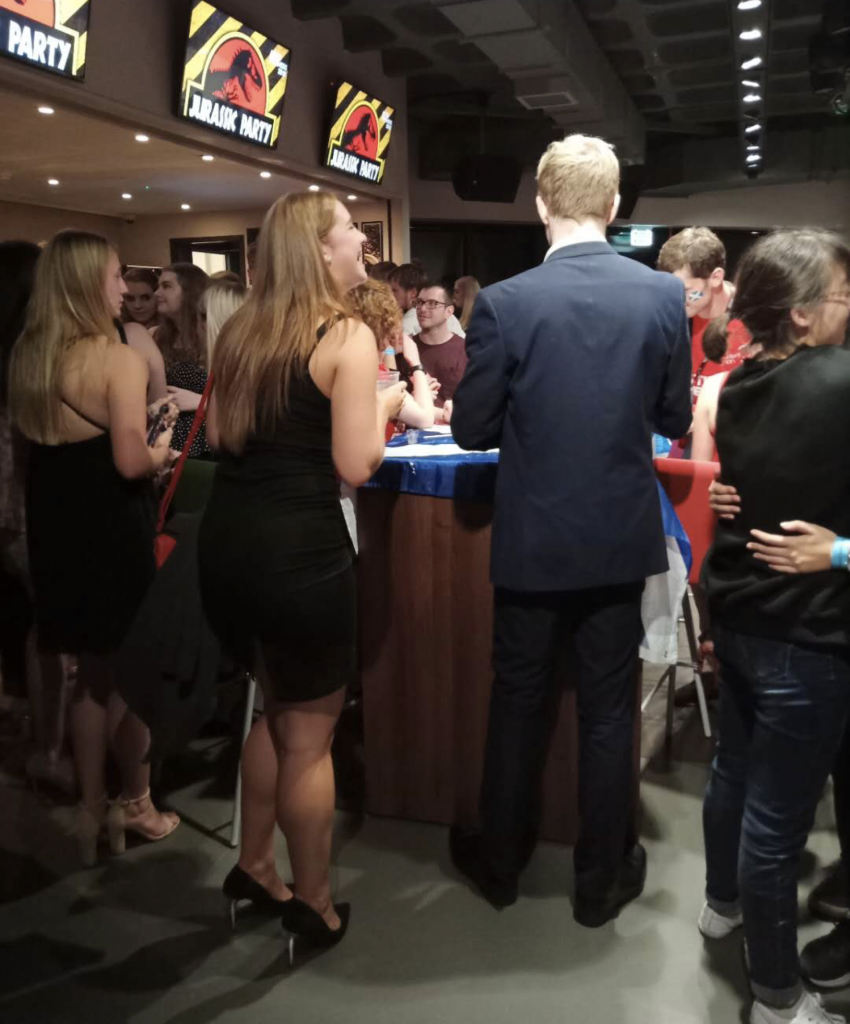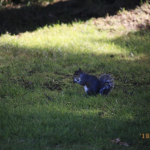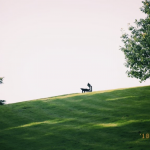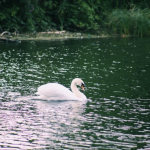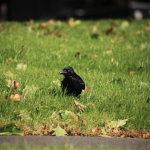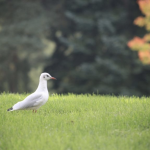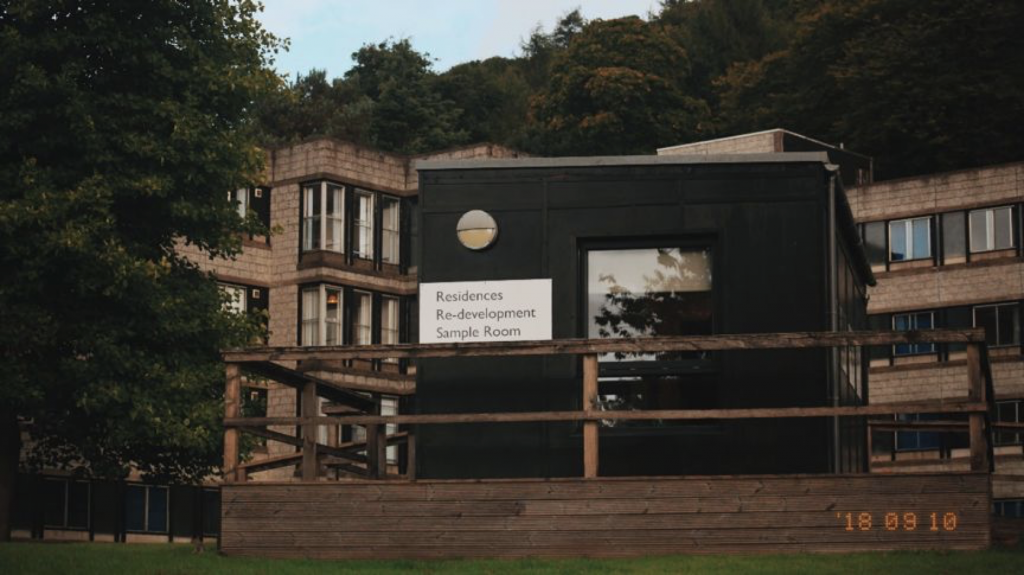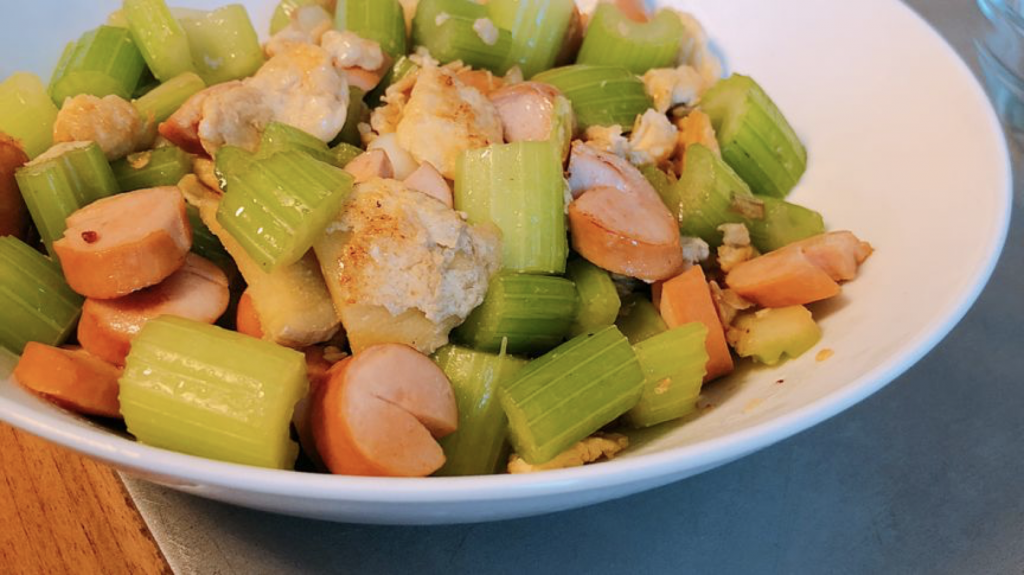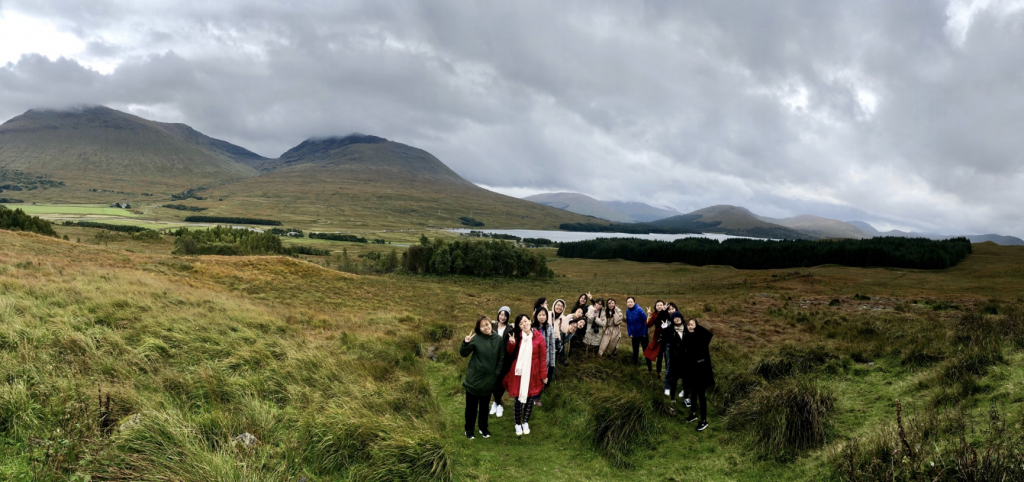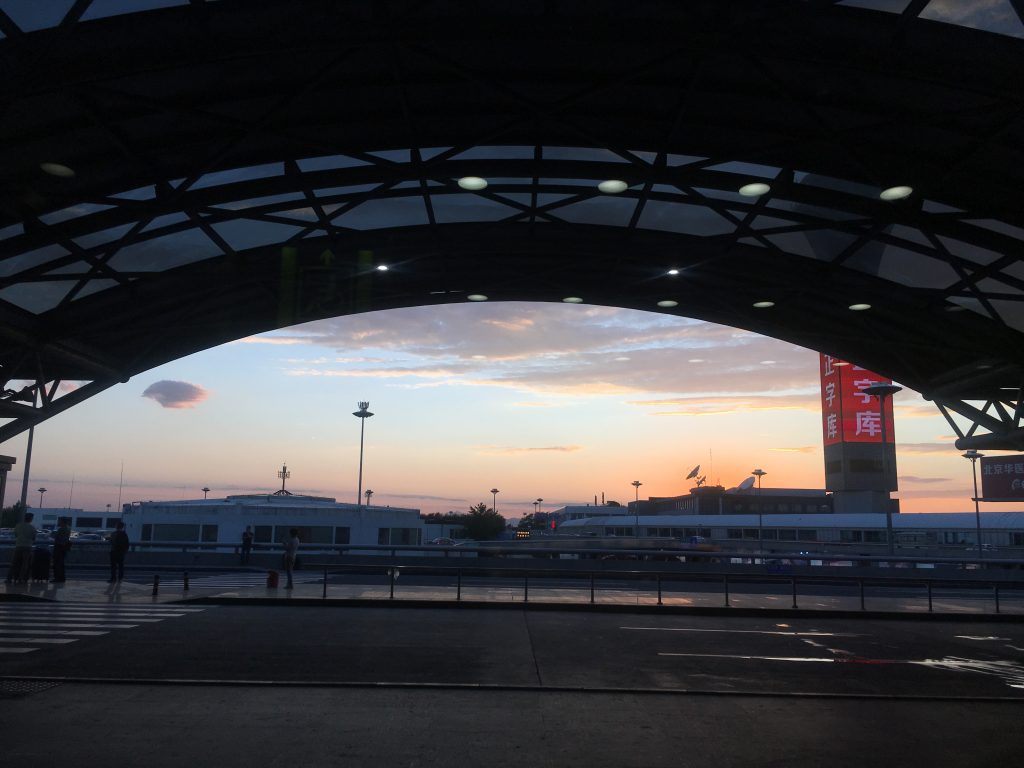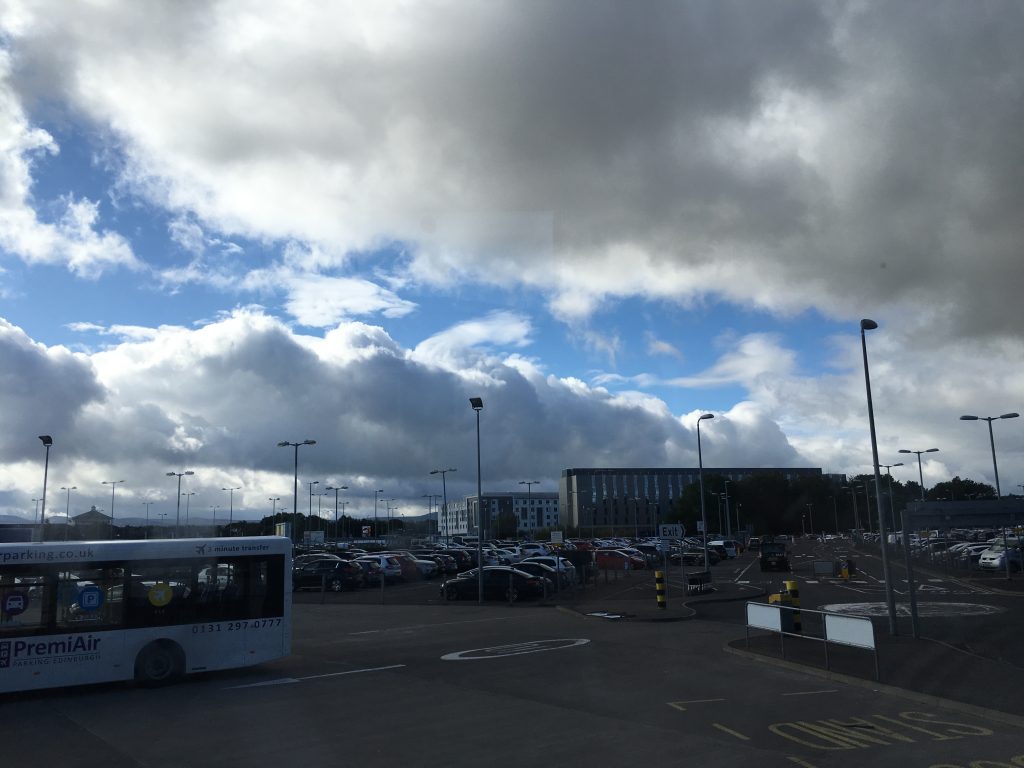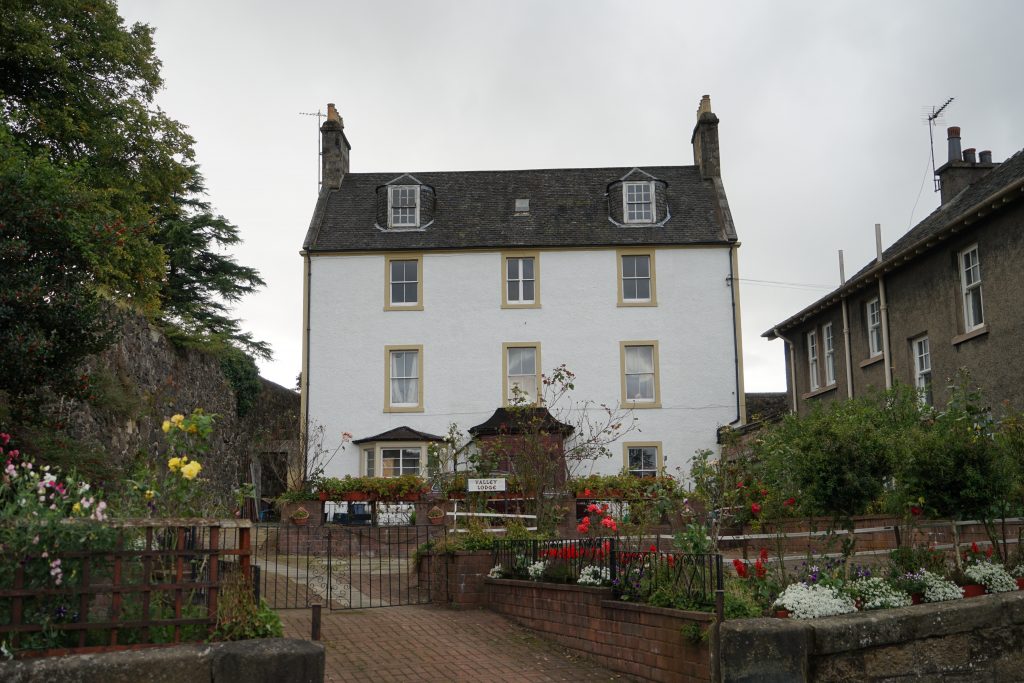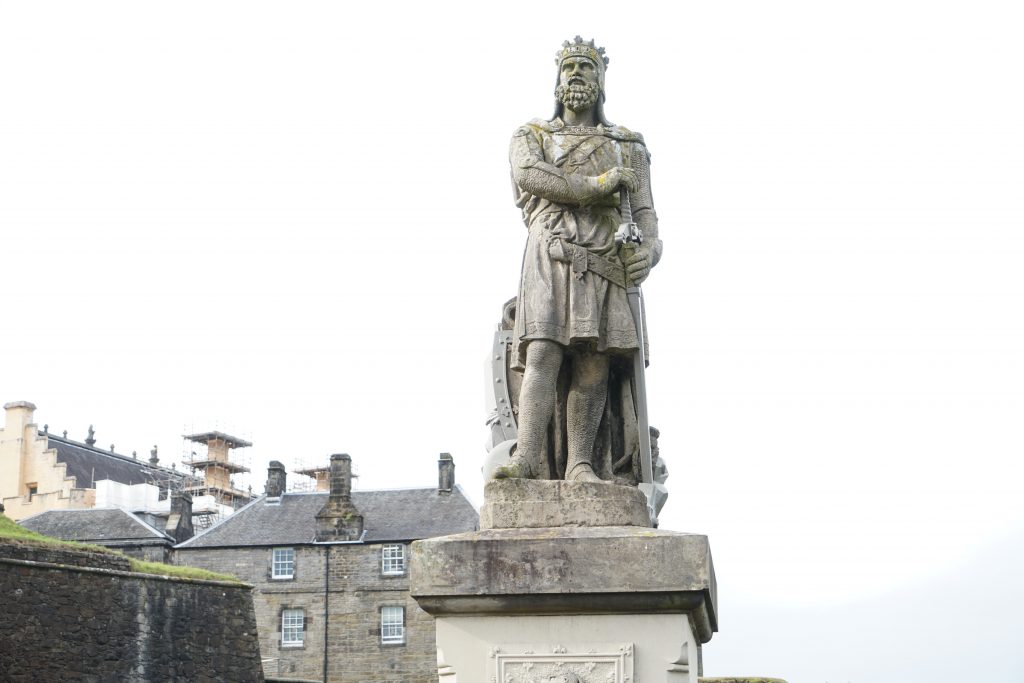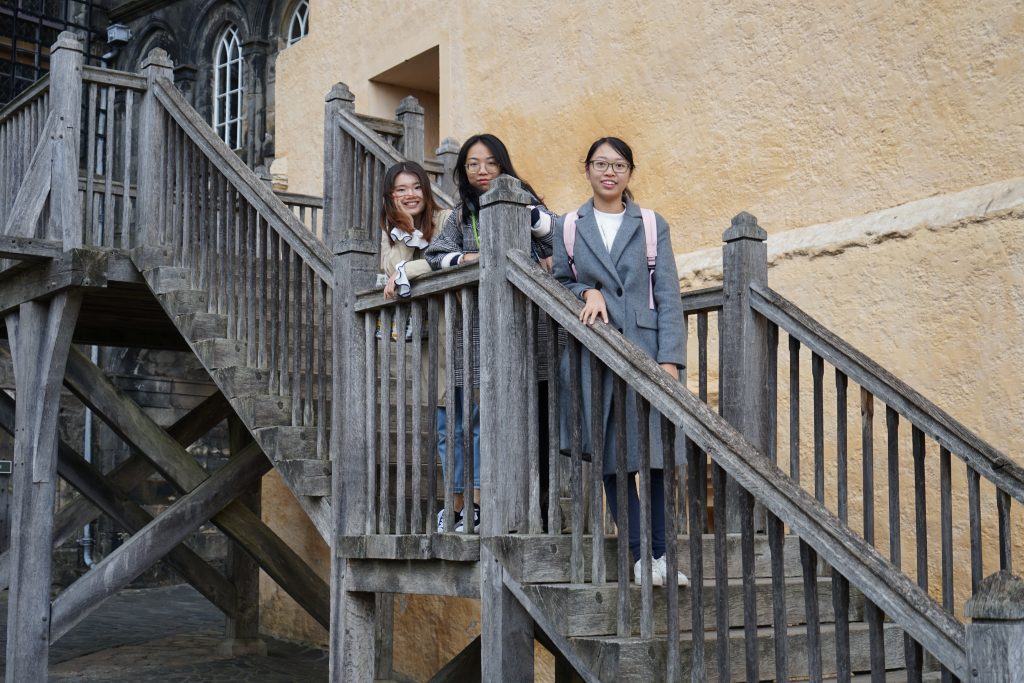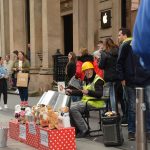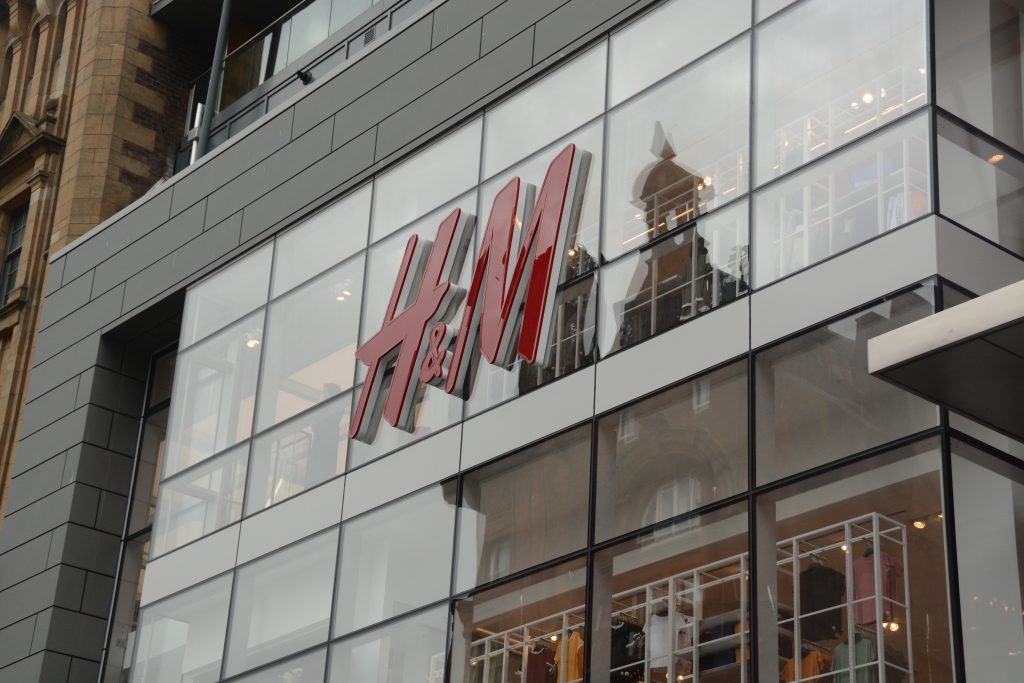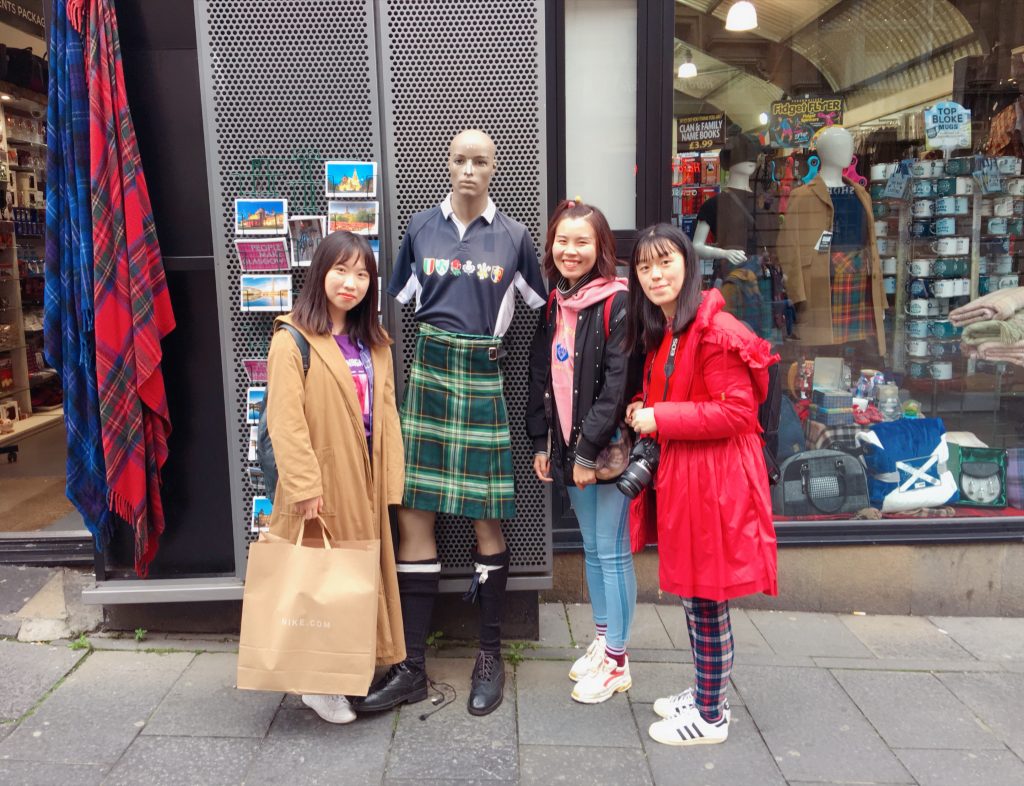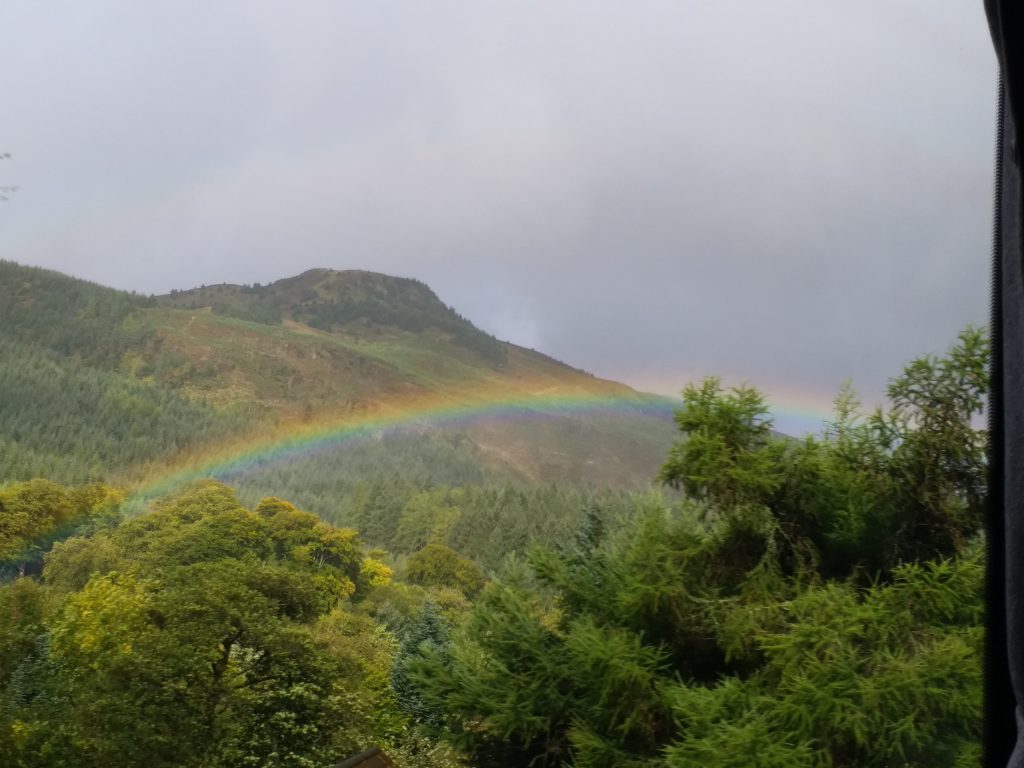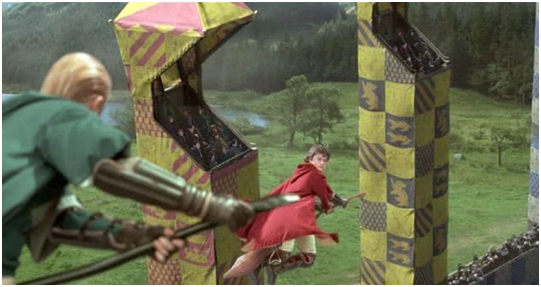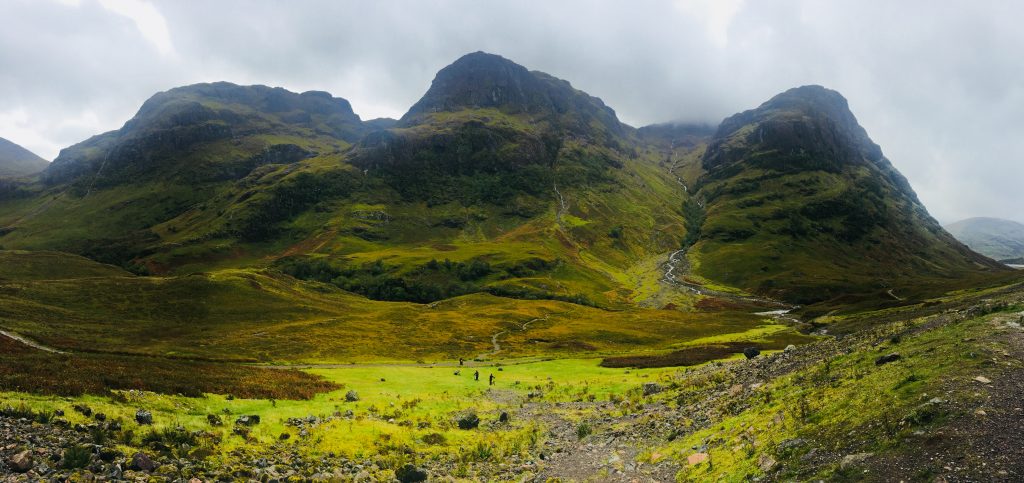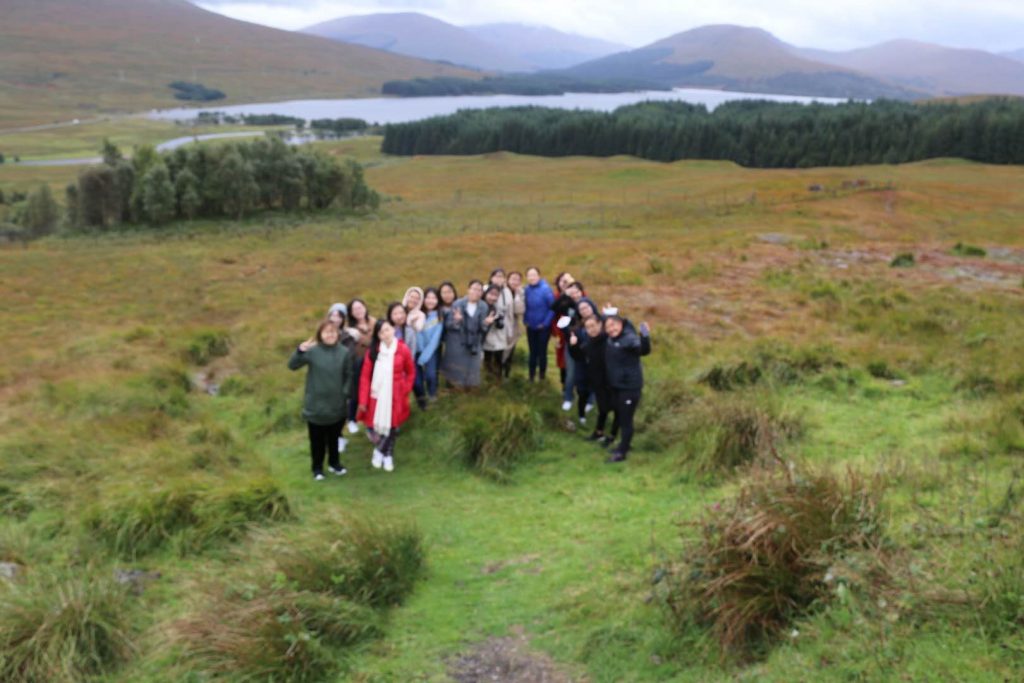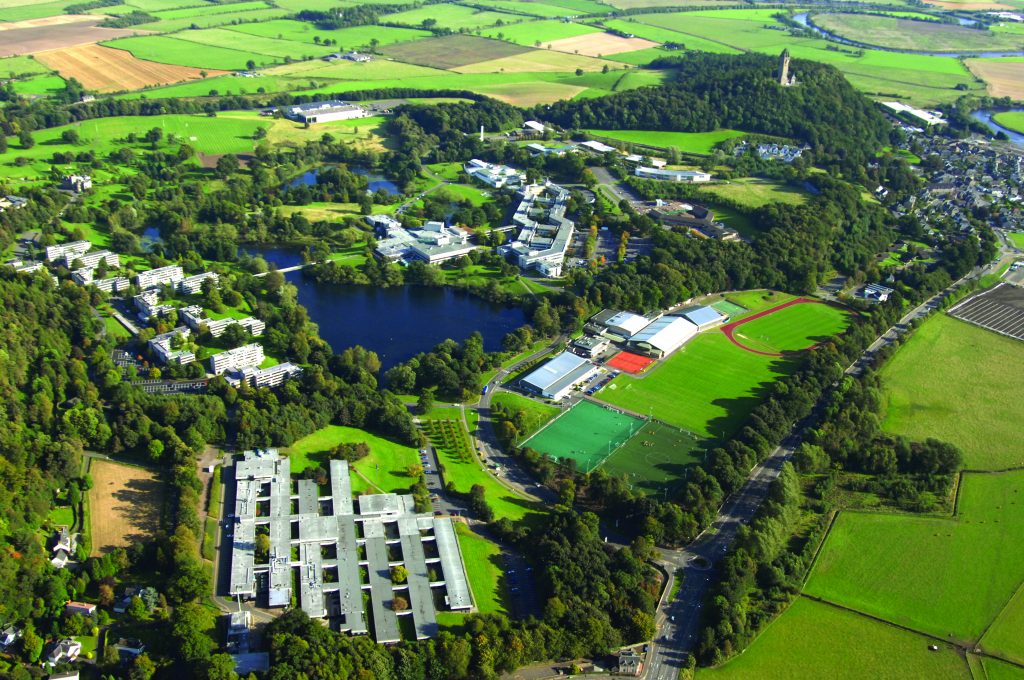There is an indispensable department in University of Stirling: although it only has eight employees, it serves more than 14,000 students across the school and benefits almost everyone. It is the Career and Employability Service.

The department is small but self-contained. It has not only three teachers who provide the consulting service for the whole school, but also five teachers who are in charge of the five individual colleges in the university respectively, offering professional employment guidance to the students of the college. With the coordination of these employees, every student in University of Stirling – whether undergraduate or graduate – can attend courses of employability improvement.
A few weeks ago, we had a chance to talk to two members of this superb team: Lauren Ferguson, the teacher who takes responsibility for the employment counseling for the whole school; and Elaine Watson, the teacher who is in charge of the Faculty of Arts and Humanities. In conversations with them, we gradually got to know the complete skeleton of the work of the career and employment services in University of Stirling.
Employability courses
“Our job is to ensure that all students have the opportunity to develop their employability skills.” Watson concluded, “So yeah, we are trying to do a lot with a little.”
Around this core, the Career and Employability Service in the University of Stirling conducted three major regular tasks on a daily basis. The first one is to provide employment-related academic modules for the whole school, the second one is to supply special workshop to students with needs and confusion, and the other one is the one-on-one employment consultation that requires appointments. In the joint efforts of the department, 97% of the students in University of Stirling have achieved employment or further education within six months after graduation.

The employment-related academic courses can be roughly divided into two categories. One category is included in the major-related courses. The teacher who is in charge of the students’ employability of the faculty, are responsible for contacting the predecessors of the industry and inviting them to give lectures to teach the experience. The other category is the modules tailored for developing student’ employability strategies. The teacher who is in charge of the students’ employability of the faculty will be the responsible teacher, and some employability skills will be formally and systematically transmitted to the individuals.
In most cases, the first contact for each student in University of Stirling is the “Getting to Know You” series of lectures for the new students at the beginning of the year. The lectures are must-have courses for freshmen. The purpose is to ensure students to have a certain concept of self-awareness and future planning before the university officially begins.

During the exchange program of the students of Nanjing University, University of Stirling tailored a 9-week employment module for them, which was given by Mrs. Watson. In the first five weeks, the students have gone through several topics focusing on employability, such as mining yourself, resume production, elevator pitch, and teamwork. Zepeng Gou, the student in this class said: “This class gives me the opportunity to fully know myself. I start to realize my own strengths, and understand the gap between reality and my ideal goal.”
One-to-one consultation
在一对一咨询方面Watson introduced that, at present, the one-to-one consultation is mainly booked via website or emails. And one is likely to wait for a long time before getting the chance to do the consultation. But the consultant team tries their best to make the process more convenient. For students who live off-campus or find it hard to get to campus, for example, they can write emails to the Career and Employability Service and get advice and help via Internet.

During the counsel, students can bring up any question regarding career and employability. Some might want to modify their CVs, others may be uncertain about their future career. Recently, Ferguson had a student who were seeking for help on interviews. “This student had a very bad interview experience, and he basically lost all his confidence after failing the last interview.” Ferguson explained.
To help this student, Ferguson did some interview practice with him. “We had a walk-in interview. I am the interviewer and he answered the question.” After that, Ferguson discussed with the student and fixed some his answers and responses. He then went for another interview. “And he emailed me to tell me it was successful.” Ferguson smiled proudly.
When asked about the questions most often asked by students, Watson said that it must be the question about resumes. After all, everyone needs to write their own resumes when they face job hunting, so they have seen a lot of resumes over the years and provided various aspects of the revision. “If I get £1 for each resume, I must be very rich now,” Watson joked.
Watson further explained that in the Career and Employability Service, they are not only looking at the UK job market, but the global employment situation. On the one hand, they will help international students who want to pursue a career in the UK on verifying if their past qualifications and experience are valid in the UK. On the other hand, they will also help students who want to go to other countries for employment. Because there are different situations in the employment market in different countries, everyone must adjust their preparations according to their intentions. This is also the main kind of advice that the Career and Employability Service can provide.

Crucial quality at workplace
The enrichment and quality of the resume is an important part of the student’s job searching, but Watson also stressed that she believes the most important quality for the working organization is flexibility.
Watson explained that flexibility is a very important quality in the workplace. On the one hand, it means to be ready to face new tasks beyond their original professional scope, not “I can only do work in a specific category”, but “I can learn and try new work content immediately”; On the other hand, it also means being able to bring new ideas to the team, and not just passively accepting all the tasks assigned. These two put forward high requirements for the students’ own quality, and also prove that in the end everyone needs to work hard to improve “not just transcripts or resumes, but also the true quality and ability of individuals”.
Watson also mentioned that the requirement for flexibility is actually based on the current global job market changes. In recent years, the working environment around the world is constantly changing, and almost no work is static. At the same time, for the UK and European job markets, the complex situation of Brexit makes the environment change at any time. In such a situation, the worker’s own ability to respond is particularly important. Being able to quickly accept and adapt to new contents of working has become a quality that is especially important for job seekers. And flexibility isn’t just crucial when it comes to finding a job. Watson added that it would also be a must-have and great advantage for successfully completing tasks.
Employment Information Website
To cover more students and make employment counseling more convenient, the Careers and Employability Service department creates websites.
Each student in University of Stirling has a dedicated personal account. They can log in themselves on the school home page to learn about all aspects of school life. In the “University Links” on the homepage, there is a special “Careers” section. Under this section, there are employment guidance, personal development planning, student internship and so on, students can choose whatever they want according to their individual circumstances.

What’s more, a website called TARGETconnect is created by staff in the university. Apart from students, graduates, organizations, website operators and university staff can log into the system as well.
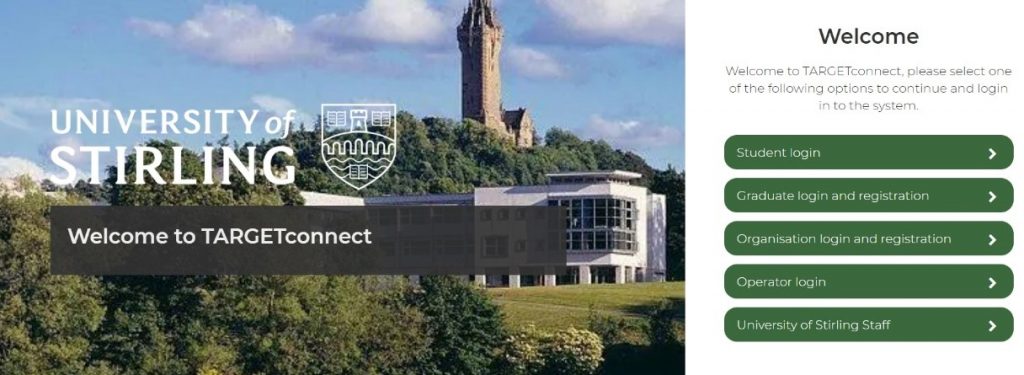
After logging in, the recruitment opportunities are presented on the home page, and students can submit their profiles directly. At the same time, the Careers and Employability Service organizes recruitment fairs every year on campus or in city center of Stirling, which are open to all students in the University of Stirling. The recruiting companies that are invited to come will provide suitable positions for university students.
In terms of student internships, Watson revealed that most colleges at Stirling University do not require students to conduct internships. “We don’t arrange internships for students, they are free to choose.” But in her opinion, compared to doing part-time jobs at bars or restaurants, internships in professional companies are more beneficial for choosing a career in future. Recommending appropriate internship opportunities for each student is one of the goals of their team in the future.
“If you come back to us a few years later, we may well be offering as much as you guys. But at moment we don’t have that,” Watson said.
In addition to paying more attention to internships, University of Stirling also has a well-rounded approach to help self-employed students. The business Incubator at campus is designed to help students who want to start a business to grow the ideas, research the market, and take the product to the market. Moreover, they also invite successful businessmen to share their experiences with students.
Watson said that most of the students did not see setting their own business as an option after graduation a few years ago. They will go to work and get some experience first then they can set their business. But both Ferguson and her said that the number of students directly start their own business after graduation has generally increased over the past two years. ” That’s really encouraging. It’s good news,” Watson said.
“Students will start planning for employment after graduation sooner,” Ferguson added. “In the past few years, most of the students who came to consult were seniors. Now, from the freshman year, someone will consult.”
Successful Cases
It has been 16 years since Watson took the job at the Career and Employability Service Department in University of Stirling. During the years, she has modified countless CVs from students, and met with their depression when failing, as well as joy at their success.
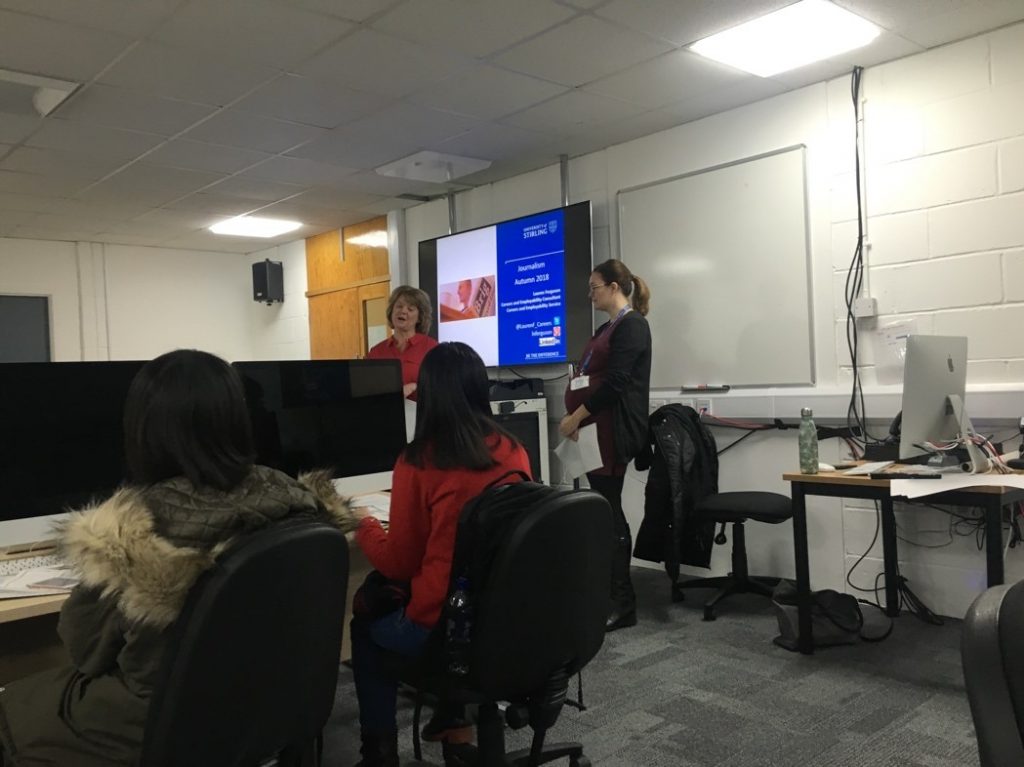
“I’ll give you a journalism example.” A smile touched Watson’s eyes. A few years ago, there was a journalism work experience module in the Journalism Department, in which teachers and staff helped students look for a 30-hour work placement.
At that time, there was a student in the faculty who was a deep desire to work in radio. And he was always hoping to find such job opportunity in a station. So in this module, Watson and other colleagues managed to find him a placement in one of the Scottish radio stations called CentralFM. “He had never had the opportunity to get to a radio station before,” Watson added, “But he did a fantastic job when he was there. And as a consequence, he was invited to work part-time while he was doing the rest of his degree in the university. And then he graduated and went to work with CentralFM.” Even if this is the end of story, it would still be a successful story of a young man. The most fascinating part was, not only that, several years later, Watson went to CentralFM again. “I was looking for somebody to come and talk about working in radio, and it turned out that he was now the station manager in the CentralFM.” Hearing Watson’s invitation, this student said he would be delighted to come without hesitation: “Because without that work placement module, I would never have been able to get a career in radio, which is really what I want to do.”
It is not hard to notice that, while talking about successful students like this, Watson and Ferguson always have a genuine smile. “Sometimes when days are hard and life is tough, and you think, am I doing the right job? Then when you remember a story like that, and you can make a difference to a student like that, then it makes all worthwhile,”
Ferguson nodded and explained further: “It’s not often we hear that (feedback). I think it’s nice for somebody to come back and say, it worked out. Even if it didn’t, they come and let us know it as well, because that helps us to help the next student and to know whether we are doing the right thing.” Watson said with slight resignation, “But sometimes when people are successful, they forget what other people do. They just think they did this all themselves.”
“But we don’t get mad about that,” Watson smiled, “We don’t worry about this. As long as they got where they needed to be, that was the most important thing.”
